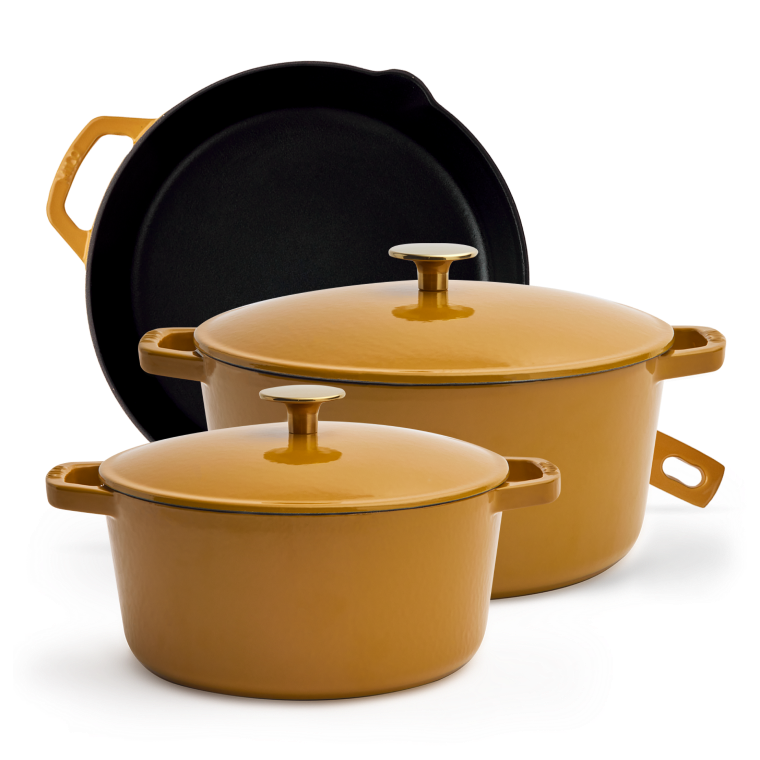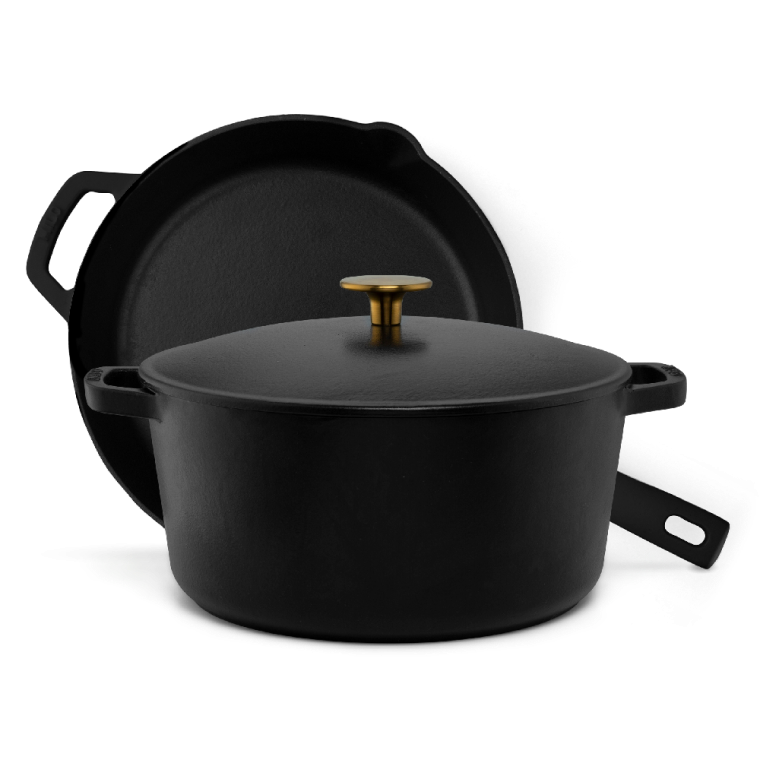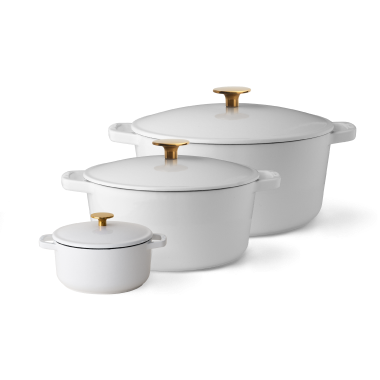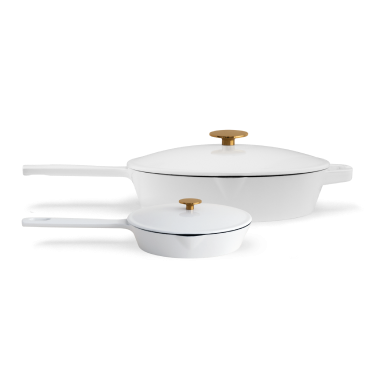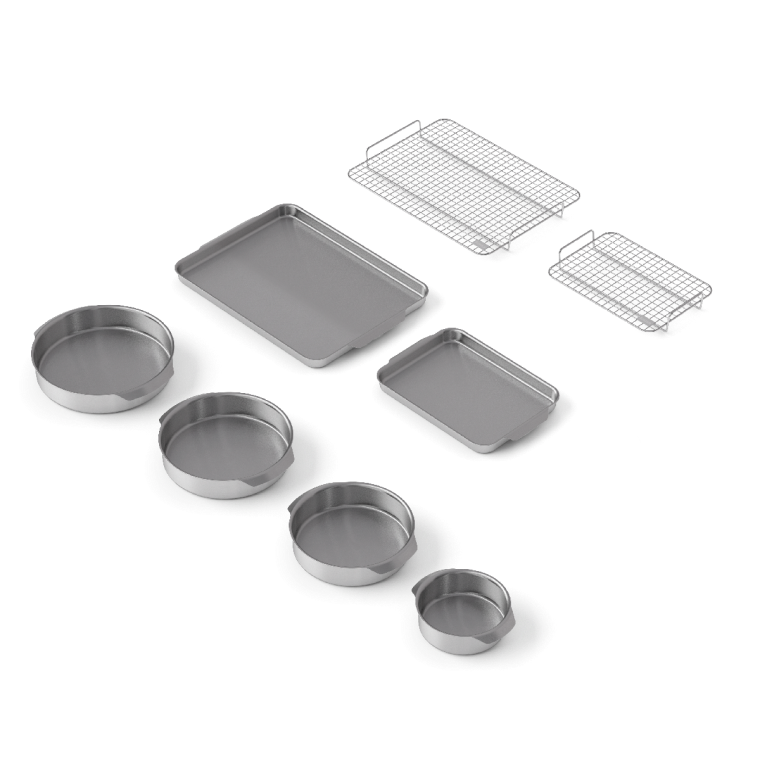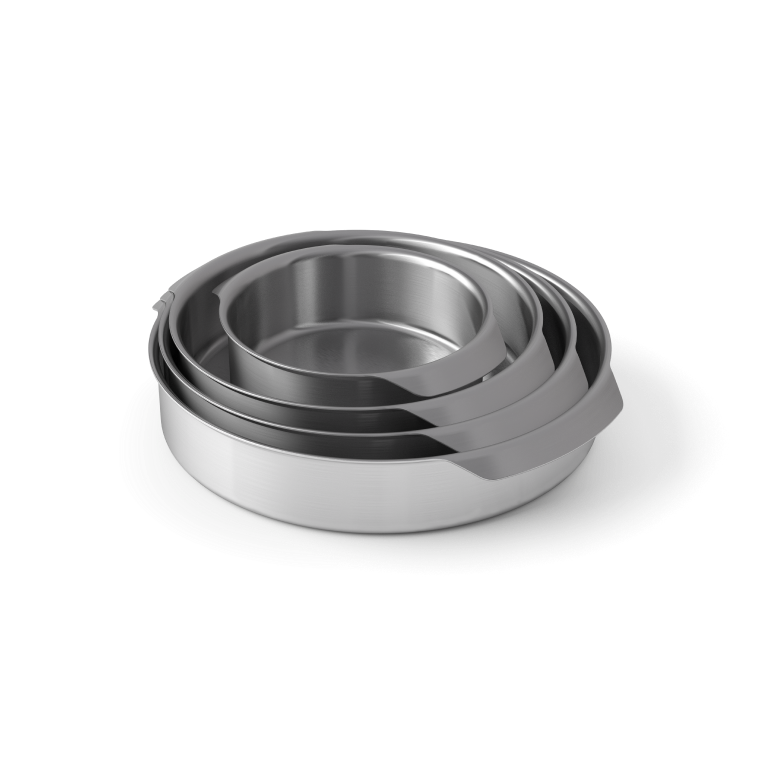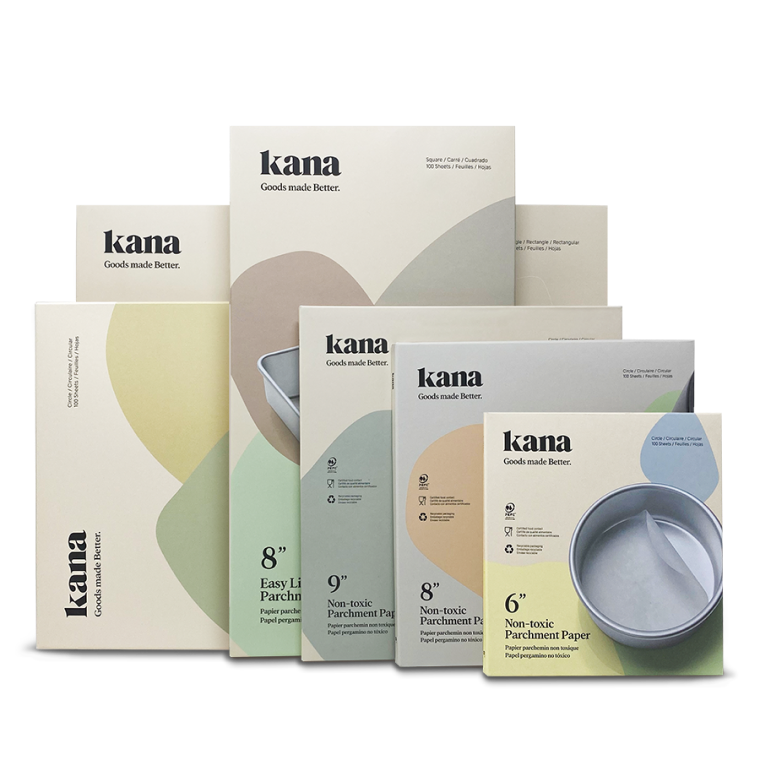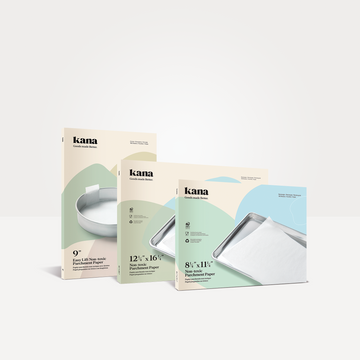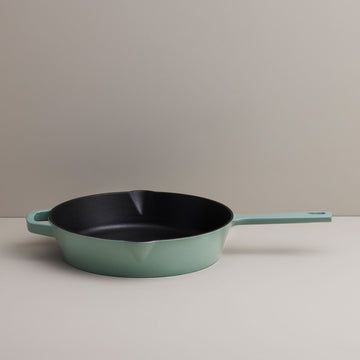Fermented foods do wonders for your body thanks to the nourishing benefits of probiotics. The probiotics common in fermented food can aid digestion, nutrient absorption, contribute to immune function and even benefit mental health. Research by nutritional psychologists into the link between mental health and gut health shows that when individuals take probiotics, their anxiety levels, stress perception and overall well-being can improve. The benefits of fermented foods also extend well past individual health. Fermenting food is environmentally sound, cost-effective, promotes longevity of nutrients and tastes delicious.
Most of the fermented foods we are familiar with, such as kombucha, sourdough bread and yoghurt, require a starter in some form or another. And while it can be rewarding to make some of the more time-consuming fermented recipes from scratch, it's important to know that you can get the benefits of fermentation with a lot less effort. These easy fermented foods use common pantry items, require only a little bit of prep, and then they are left to make their magic.

Easy and eco-friendly ways to give your gut some love!

Kimchi
Kimchi is a mouth watering salty-sweet Korean condiment that takes about two weeks to ferment and then lasts for months in the fridge. This recipe makes an amazing traditional kimchi, which contains saeujeot (salted shrimp) and myulchiaekjeot (fish sauce) for depth of flavour. For a plant-based version, replace the seafood with kelp powder and a pineapple-tamari sauce to make perfect vegan kimchi. Enjoy it on rice bowls, with noodles or straight out of the jar.

Cured Lemon
Preserved lemons hail from Morocco and can add flare to salads, meats, and even gin and tonics. They take less than five minutes to prepare and only get better with time. For a versatile cured lemon recipe go with a sugar/salt brine. For a modern twist, this Moroccan preserved lemon recipe adds depth with bay leaves, peppercorn and cinnamon, making them the perfect addition to seafood or pasta dishes.x

Lacto-Fermented Vegetables
Lacto-fermentation is perhaps the simplest way to up your fermentation game. Contrary to the name, the technique does not include dairy. Instead, the name comes from lactic acid, which was first identified as a component in milk. Lactic acid is naturally produced by the probiotic bacteria, Lactobacillus. The ancient preservation process supports to growth of Lactobacillus, which, in turn, helps preserve fresh vegetables while maintaining high nutrient density and a delicious crunch. This recipe for fermented vegetables uses beans, carrots, and cauliflower but swap out veggies for whatever is in the fridge!
Sauerkraut
The German staple is perhaps the most common fermented food in the Western world. Raw kraut takes anywhere from 2-10 days to ripen depending on the climate it is in. Try this colorful sauerkraut recipe uses purple cabbage, ginger and apple for an intricate flavour combination. Warning: your fingers will be a beautiful shade of violet for a day or two after making this.

Apple Cider Vinegar
Apple cider vinegar (ACV) has endless benefits and is the base of many recipes, cleaning products, and beauty tips. It is incredibly easy to make, requiring only apple scraps and a little cane sugar.
Because it uses scraps, it is an eco-friendly hack for reducing food waste. Over time the vinegar will develop a jelly-like disk that floats at the top of the vinegar and is formed from a combination of acetic acid bacteria and cellulose. This is referred to as the 'mother' and is the source of the probiotic bacteria that make ACV so beneficial.
This apple cider vinegar recipe takes about three to five weeks but if you want to speed up the process, add in a quarter cup of an existing ACV mother.
Because it uses scraps, it is an eco-friendly hack for reducing food waste. Over time the vinegar will develop a jelly-like disk that floats at the top of the vinegar and is formed from a combination of acetic acid bacteria and cellulose. This is referred to as the 'mother' and is the source of the probiotic bacteria that make ACV so beneficial.
This apple cider vinegar recipe takes about three to five weeks but if you want to speed up the process, add in a quarter cup of an existing ACV mother.
Bonus: Ginger Beer
Ok, technically this one does require a starter (hence 'bonus') but once you give it a try you'll forgive us! An absolute necessity during long summer days, most ginger beer recipes require a “ginger bug” a.k.a a starter made of fresh ginger, sugar and water, which is easy to make and takes about five days of feeding. Once the ginger bug is active, you can make delicious and natural soda in three days!
Follow this ginger beer recipe for a step-by-step on making your ginger bug and first batch of ginger beer!
Follow this ginger beer recipe for a step-by-step on making your ginger bug and first batch of ginger beer!
Important things to note when fermenting
Sterilize
It is very important to properly sterilize your jars. Make sure you're working with tempered glass, like mason jars, or the boiling water can cause the glass to shatter. The best way to do this is to boil glass jars and equipment in clean water for five minutes. Let them air dry completely afterwards. Always ensure hands are very clean or wear gloves when handling food.
Avoid Plastic Containers
Even food grade plastic can contain undesirable chemicals that impact the fermentation process. Furthermore, plastic can easily scratch creating a perfect hide out for harmful bacteria leading to rot instead of proper fermentation. The easiest and most affordable containers are mason jars. They’re easy to clean and can either be sealed or covered with cloth depending on the recipe.

Make something delicious
Keep exploring

Celebrating women’s contribution to food history
Throughout history, women have been at the forefront of changing the way we look at food. From inventing the modern cooking show to coining the term “stir fry”, here are five women who have helped broaden the way we see and prepare food.

How to get your garden ready for spring
By April spring is in full swing and it’s the perfect time of year to start planning your garden. So while the April showers come down, get started with these simple steps that will help put a smile on your face as you watch your garden come together.
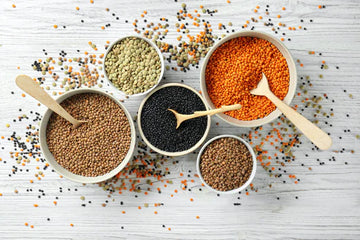
5 sustainable foods to cook for an eco-friendly kitchen
Cooking with these environmentally-friendly ingredients is a simple way you can reduce the carbon footprint of your kitchen today.

Gluten free pantry essentials to always have on hand
Having a well-stocked pantry is the key to successful gluten free cooking and baking.

5 successful strategies when cooking for large families
Mealtime doesn’t need to be stressful just because you have a lot of mouths to feed. Here are some simple strategies to decrease the time you spend preparing and cooking meals, and keep everyone (relatively) happy and complaint-free at the dinner table.

3 ways to cook turkey this holiday season
Turkey dinner is a steadfast tradition for many of us during the Holidays. From the benefits of brining to thinking twice about basting, here are three great ways to cook your turkey as part of a festive feast.
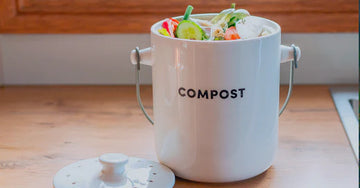
Recyclable, compostable, biodegradable: what's the difference?
Having a good handle on what’s recyclable, compostable, and biodegradable is just one way you can set yourself up to make decisions that are good for you and the planet.
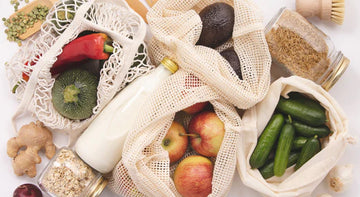
The problem of food waste (and what you can do about it)
There are few things quite as disappointing as seeing perfectly good food go to waste. Turns out it’s not just regrettable for food lovers, it’s a significant strain on the Earth, too.

3 very good reasons to start shopping locally
When it comes to buying groceries and other goods from your local businesses, your dollar goes further than you think.
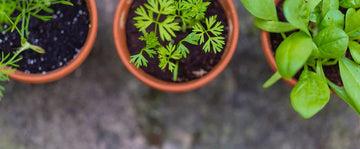
A guide to fresh home-grown herbs all year long
All the information you need to start growing a window box garden filled with fresh herbs for your favorite dishes.
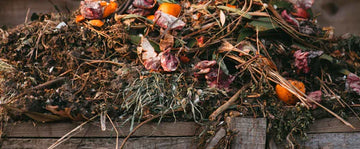
6 top tips on beginning your composting journey
Composting at home has become a great way to fertilize your garden while cutting down what goes into landfills. Here’s a quick guide and six tips to get you started on composting. It’s easier than you think.

How to get your garden ready for spring
By April spring is in full swing and it’s the perfect time of year to start planning your garden. So while the April showers come down, get started with these simple steps that will help put a smile on your face as you watch your garden come together.
